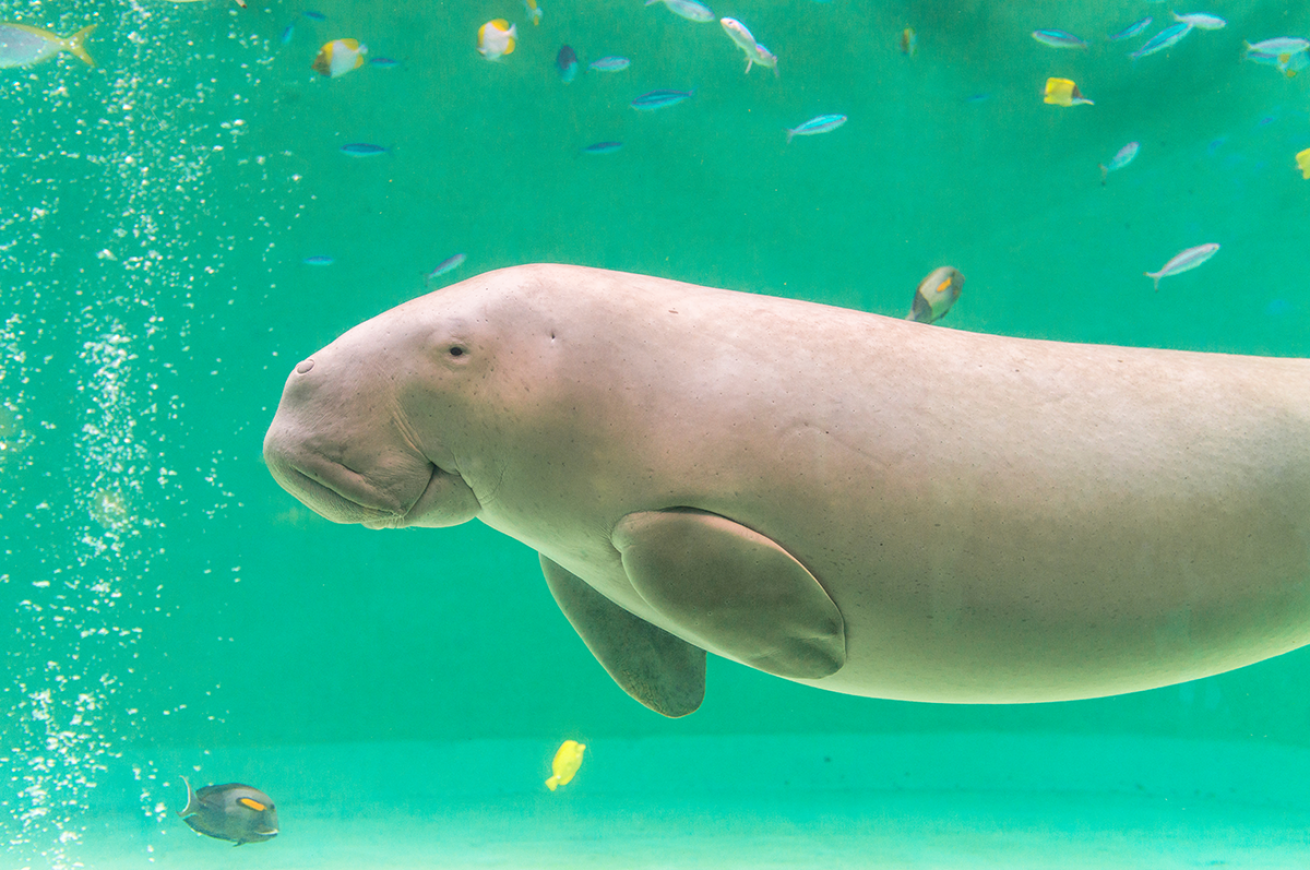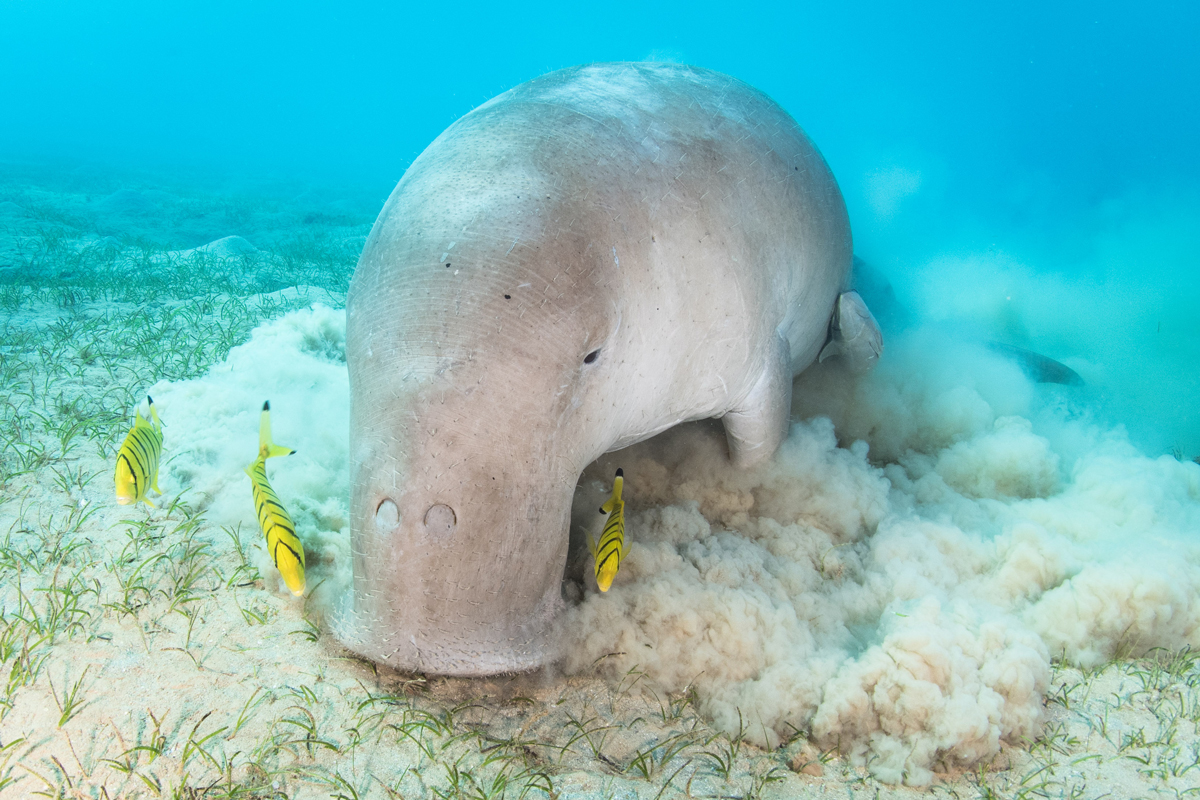Dugongs Declared Functionally Extinct in China

Japan's FireworksDugongs have lived in Chinese waters for hundreds of years.
The dugong, affectionately known as “sea cows,” has been declared functionally extinct in China in the wake of an academic investigation that determined nobody has seen the marine mammal in the country since 2008.
The herbivores subsist entirely on seagrasses, which they rip up from the seafloor with their flexible upper lip. They’re pudgy and slow-moving, with a dolphin-like, flat, fluked tail. Adults grow up to 13 feet long and can weigh over 880 pounds.
These pudgy and slow-moving herbivores subsist entirely on seagrasses, which they rip up from the seafloor with their flexible upper lip. Adults grow up to 13 feet long and can weigh over 880 pounds. Historically, they inhabit shallow tropical ocean habitats from East Africa to Vanuatu and have lived in southern Chinese waters for hundreds of years.
Historical records show these populations peaked around 1960 but steadily decreased from 1975 onward. Despite enjoying the highest levels of endangered species protection under Chinese law, human interactions—boat strikes, getting caught in fishers’ nets and seagrass habitat destruction—dramatically reduced populations. There have not been any verified sightings of sea cows in the wild by scientists for more than two decades, and no verified fishers accounts since 2008.
In an attempt to determine the dugong’s distribution and status today, an international team of scientists conducted in-depth interviews of the members of 66 fishing communities across the Chinese provinces of Hainan, Guangxi, Guangdong and Fujian. Their conversations turned up no recent evidence of dugong survival across known distribution areas in mainland China.
"Based on these findings, we are forced to conclude that dugongs have experienced rapid population collapse during recent decades and are now functionally extinct in China," the scientists wrote in the study, which was published in the journal Royal Society Open Science. They recommended reassessing the species’ regional status as Critically Endangered (Possibly Extinct), concluding "the dramatic population decline experienced by the species in recent decades is highly unlikely to be halted or reversed under current conditions."
There have been anecdotal accounts of dugong sightings in Chinese waters in the last five years, but those sightings remain unverified. The authors surmised that a few individuals could still survive in the northern South China Sea, but also conceded it was possible animals were misidentified or were stragglers from more stable populations near the Philippines.
“In 2007, we tragically documented the likely extinction of China’s unique Yangtze River dolphin,” Samuel Turvey, a co-author of the study, says. “Sadly, our new study shows strong evidence of the regional loss of another charismatic aquatic mammal species in China—sadly, once again driven by unsustainable human activity.”
The dugong is the first functional extinction of a large mammal in China’s coastal waters. Globally, the animals are threatened and listed as Vulnerable by the International Union for Conservation of Nature (IUCN).
“The likely disappearance of the dugong in China is a devastating loss,” says Turvey. “Their absence will not only have a knock-on effect on ecosystem function, but also serves as a wake-up call—a sobering reminder that extinctions can occur before effective conservation actions are developed.”




.png?itok=wW_XQefZ)






